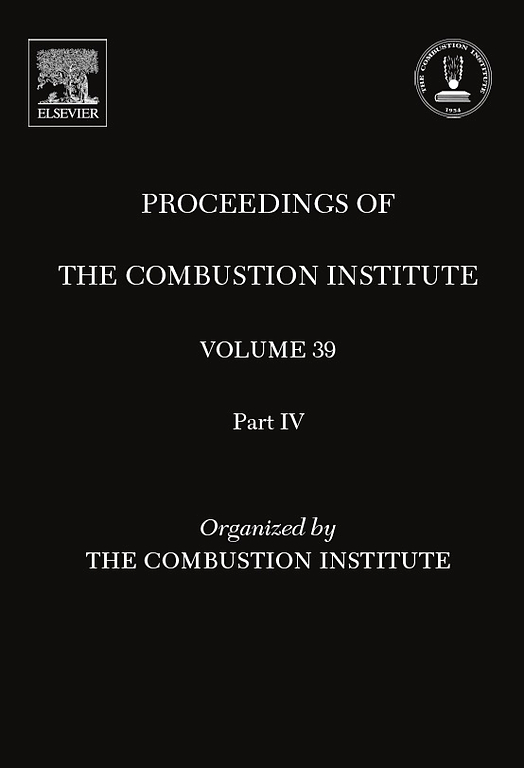Co-firing ammonia and hydrogen with butane under methane-equivalent calorific value and Wobbe index: Insights into transition in flame propagation and swirl flame characteristics
Abstract
Fuel flexibility stands as a critical requirement for the development of combustors in future carbon-free energy systems. Carbon-free fuels including ammonia (NH3) and hydrogen (H2) are substantial supports for achieving this target, raising strong needs to counterbalance their distinct fuel thermochemical properties from methane (CH4), such as volumetric calorific value (CV) and Wobbe index (WI). In this work, butane (C4H10) which is an emerging renewable synthetic fuel is proposed to co-fire NH3 and H2 under methane-equivalent calorific value (MECV) and Wobbe index (MEWI). Laminar flame propagation of NH3/H2/C4H10 mixtures under MECV and MEWI are investigated in a cylindrical constant-volume combustion vessel. C4H10 co-firing can simultaneously tune the fuel thermochemical properties to CH4 levels and regulate the laminar flame propagation of NH3 and H2. Kinetic simulation and modeling analysis are performed to provide insights into the dominant kinetics and transition in laminar flame propagation. CV-compensated transition variables can generally well constrain the transition profiles of laminar burning velocity (LBV), while WI-compensated transition variables can linearize the transition profile from NH3 to C4H10 but meet challenges in constraining the transition profiles of H2-blending mixtures. Chemical effects are found to play the dominant role in the transition of laminar flame propagation, while thermal effects also have positive contributions. Test experiments in a gas turbine model combustor are also conducted to assess the swirl flame characteristics of NH3/H2/C4H10 mixtures under MECV and MEWI. The measured swirl flame morphologies and lean blowout limits indicate enhanced fuel reactivity and flame stability with the transition in fuel content, which is in accordance with the observed trends in LBV. Furthermore, comparison with CH4 provides a comprehensive evaluation of NH3/H2/C4H10 mixtures from the aspects of combustion characteristics and thermochemistry.

 求助内容:
求助内容: 应助结果提醒方式:
应助结果提醒方式:


